Effect of pup joint on full length oil pipe
The oil and gas industry relies heavily on the seamless functioning of various components within its complex infrastructure. One critical element in this network is the oil pipe, a fundamental conduit for transporting hydrocarbons from the reservoir to processing facilities. This article delves into the effect of pup joints on full-length oil pipes, exploring how these short tubular extensions play a crucial role in enhancing efficiency, mitigating operational challenges, and extending the overall service life of the oil pipe system.
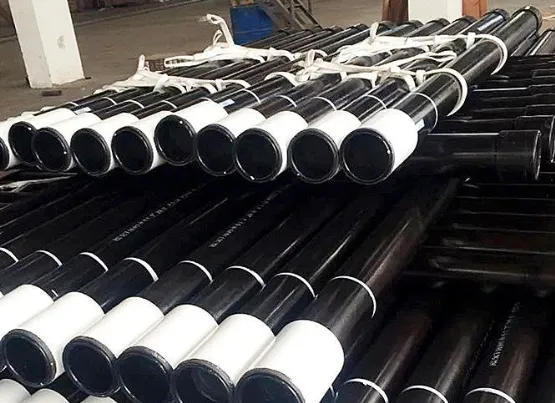
1. Introduction:
The extraction and transportation of oil and gas demand a sophisticated network of pipelines that traverse diverse terrains and encounter various operational challenges. Full-length oil pipes are the backbone of this intricate system, serving as conduits that connect wells to processing facilities. Pup joints, short tubular extensions added to the full-length pipes, play a pivotal role in optimizing the performance and longevity of the oil pipe network.
2. Understanding Pup Joints:
Pup joints are short, threaded tubular extensions used to adjust the length of the oil pipe string. Typically ranging from 2 to 20 feet in length, pup joints are made of high-strength steel and are threaded at both ends to facilitate easy connection with the full-length oil pipes. The primary purpose of pup joints is to compensate for length discrepancies in the oil pipe string, enabling operators to fine-tune the configuration based on the specific requirements of the well.
3. Balancing Length Discrepancies:
Full-length oil pipes are manufactured in standard lengths, but the geological features of oil fields often require adjustments to the length of the pipe string. Pup joints come into play to address these length discrepancies, ensuring a seamless and snug fit between pipe sections. This precise length adjustment is critical for maintaining the structural integrity of the oil pipe system and preventing issues such as buckling, bending, or excessive stress on the pipes.
4. Enhancing Flexibility in Oil Pipe Configurations:
The oil and gas industry is characterized by a dynamic and ever-evolving landscape. As drilling operations progress and well conditions change, the need for flexibility in the oil pipe configuration becomes paramount. Pup joints offer a versatile solution, allowing operators to modify the length and layout of the pipe string in response to real-time challenges. This adaptability is crucial for optimizing the efficiency of oil extraction and transportation processes.
5. Mitigating Thermal Expansion and Contraction:
Oil pipes are subjected to a range of environmental conditions, including temperature fluctuations. Thermal expansion and contraction can exert significant stress on the pipe material, potentially leading to structural damage over time. Pup joints serve as a buffer, absorbing some of the thermal stresses and preventing the transmission of excessive strain to the full-length pipes. This feature is particularly important in regions with extreme temperature variations.
6. Preventing Corrosion and Wear:
Corrosion is a persistent threat to the integrity of oil pipes, especially in harsh environments. Pup joints, when properly coated and treated, act as an additional layer of protection against corrosion. Additionally, the use of pup joints can distribute wear more evenly along the entire pipe string, reducing the likelihood of localized damage and extending the overall service life of the oil pipe system.
7. Maintenance and Inspection Considerations:
Regular maintenance and inspection are crucial for ensuring the reliability and safety of the oil pipe network. Pup joints simplify these processes by providing access points for inspection and maintenance activities. Operators can easily remove and replace pup joints as needed, facilitating the examination of the full-length pipes for signs of wear, corrosion, or other issues.
8. Improving Operational Efficiency:
Efficiency is a key factor in the economic viability of oil and gas operations. Pup joints contribute to operational efficiency by streamlining the installation and removal of oil pipes. Their modular nature allows for quick adjustments to the pipe string, reducing downtime and enhancing overall productivity. This efficiency gains particular significance during drilling operations, where time is a critical factor.
9. Case Studies:
This section explores real-world examples and case studies highlighting the positive impact of pup joints on the performance and longevity of oil pipe systems. Case studies may include instances of successful adaptation to changing well conditions, improved resistance to environmental challenges, and enhanced operational efficiency resulting from the strategic use of pup joints.
10. Innovations in Pup Joint Technology:
As the oil and gas industry continues to evolve, so does the technology associated with pup joints. This section discusses recent innovations, advancements, and emerging trends in pup joint design and manufacturing. Topics may include the use of advanced materials, smart technologies for real-time monitoring, and other innovations aimed at further optimizing the functionality of pup joints.
11. Environmental and Regulatory Considerations:
The oil and gas industry is increasingly under scrutiny for its environmental impact. This section explores how the use of pup joints aligns with environmental regulations and sustainability goals. It also discusses initiatives within the industry to minimize the ecological footprint of oil and gas operations, with a focus on how pup joints contribute to these efforts.
12. Conclusion:
In conclusion, pup joints play a crucial role in enhancing the efficiency and extending the service life of full-length oil pipes. As a flexible and adaptable component, pup joints address length discrepancies, mitigate thermal stresses, and contribute to the overall integrity of the oil pipe system. Innovations in pup joint technology continue to refine their functionality, ensuring that they remain an indispensable element in the complex network of the oil and gas industry. By understanding and harnessing the potential of pup joints, operators can optimize their oil extraction and transportation processes, leading to more sustainable and resilient operations in the ever-evolving energy landscape.






 English
English Español
Español بالعربية
بالعربية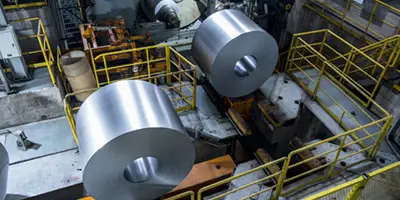

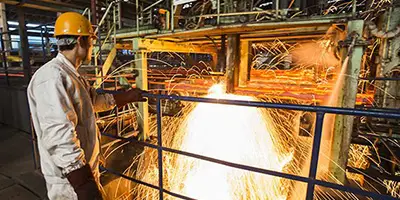
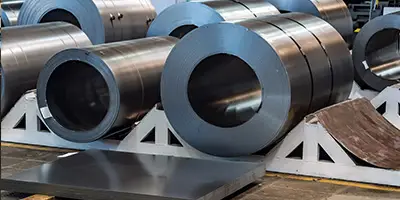

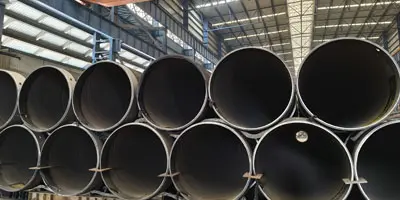
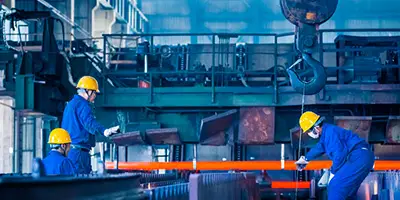
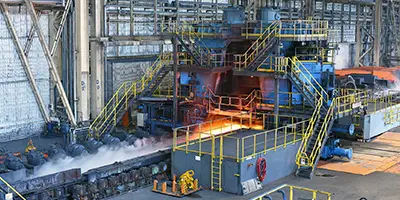
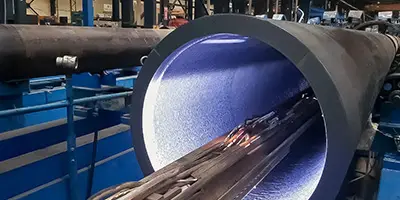
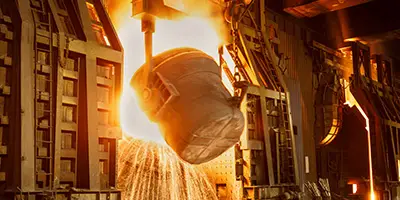


 Phone :
Phone :  Whatsapp :
Whatsapp :  Email :
Email : 


